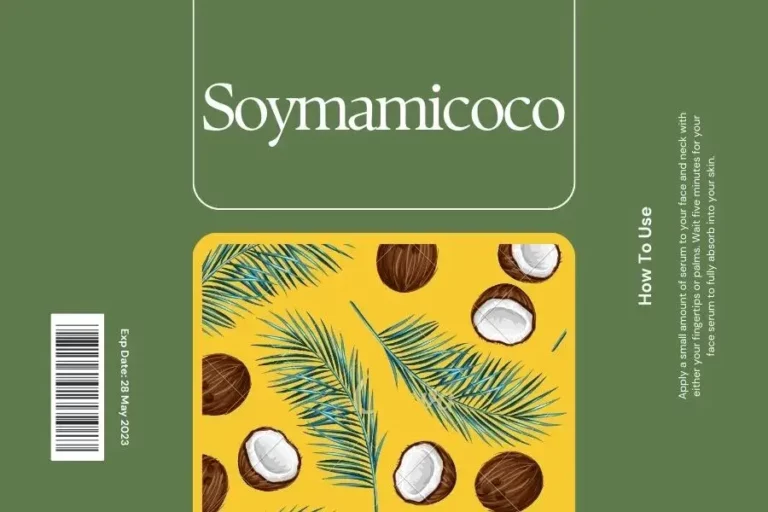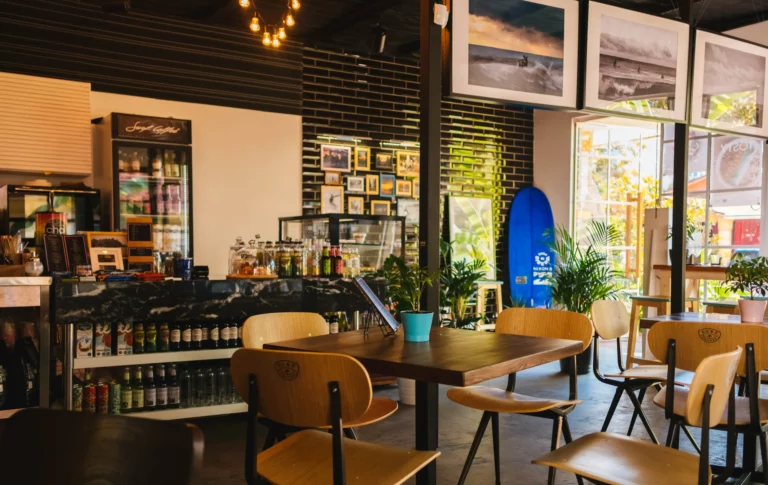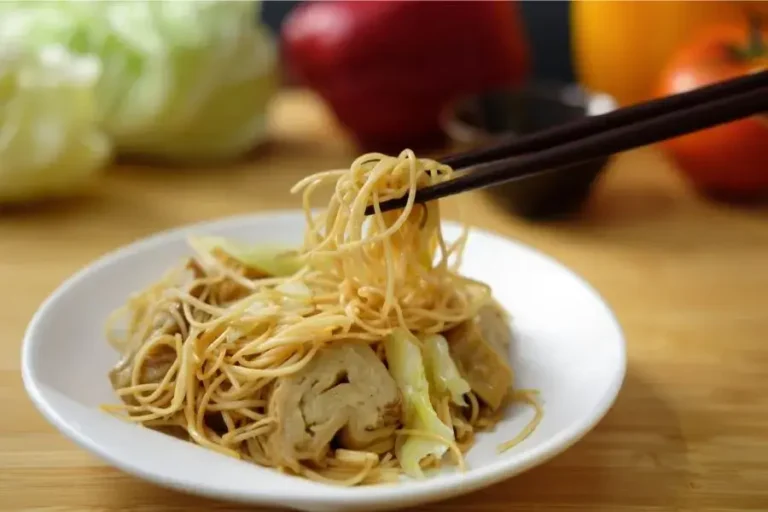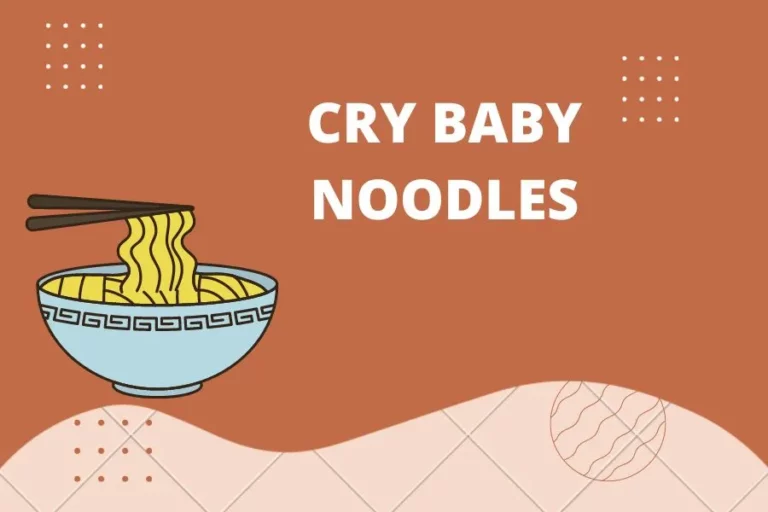Exploring the Magic of Kapustapusto: A Unique Culinary Journey
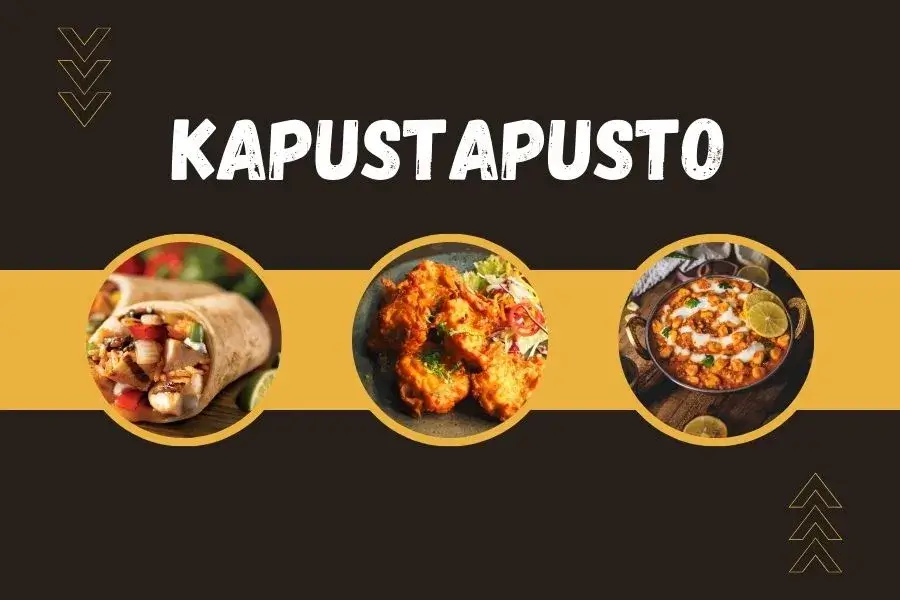
This common Christmas-time treat is a traditional Slavic food that perfectly reflects the area’s rich culture and unique flavours. In this comprehensive guide, we’ll go deep into Kapustapusto and examine its background, customs and traditions, as well as its special food and its surrounding natural splendour.
History and Background
Kapustapusto, which blends the Russian words for “cabbage” and “stew,” has a lengthy Slavic history. While its exact lineage is unknown, it is considered to have originated when Slavic people were still nomadic peoples. Its ease of preparation over an open fire with basic components like cabbage, potatoes, carrots, and onions made it an acceptable choice to these early migrants.
Over time, Kapustapusto evolved into a staple of Slavic cuisine, with countless variations across the region. Today, it remains a beloved winter dish, a nostalgic reminder of simpler times and shared Slavic heritage.
Kapustapusto Customs & Traditions
The town of Kapustapusto, situated in the mountains of southeast Europe, is rooted in history and seclusion, and its inhabitants have an intense feeling of kinship and friendliness unusual in other parts of the globe.
Hospitality is a hallmark of Kapustapusto culture. Locals offer food and drink quickly, often inviting visitors into their homes. This close-knit community takes pride in its cooperative spirit and communal bonds.
Music weaves through the very fabric of Kapustapusto life. For work or leisure, villagers gather in the square every night to sing and dance together, uniting the community through their harmonious melodies.
Religion plays a pivotal role in Kapustapusto. The villagers are devout, with church bells ringing throughout the day, calling people to prayer and mass. Sundays are devoted to religious observance, and many businesses close in respect.
Traditional clothing is another source of pride for Kapustapostans. Women wear vibrant, embroidered dresses with sashes, while men adorn themselves in attire that reflects their cultural heritage.
Unique Cuisine of the Region
Kapustapusto’s cuisine is a reflection of its history and geographical location. This typical Slovakian meal originated in the Kaputa region and includes smoked meats, potatoes, and sauerkraut. Kapustapusto is a meal frequently served in the colder months when sauerkraut is in season. It can be eaten as an appetizer or as a side dish. Its name honours the city of Kaputa, which hides hidden in the area.
Flora and Fauna of Kapustapusto
The variety of Kapustapusto’s plant and animal life is reflected in the region’s natural splendour. The area is enveloped in dense forests home to an array of species, including oak, maple, birch, and fir. Deer, rabbits, squirrels, and multiple bird species also are plentiful, contributing to the region’s allure.
Apart from its forests, Kapustapusto boasts grasslands, rivers, and lakes. These grasslands are home to various herbs and flowers, while the rivers and lakes teem with fish.
Popular Attractions
Many things in Kapustapusto draw visitors from close and far. One of the most well-known is the Church of St. John the Baptist, an old building from the early 17th century. Its façade is embellished with complex carvings and sculptures, and the inside is adorned with lovely murals and paintings, giving a glimpse into Slovakia’s rich historical history. Visitors can ascend the church tower for a panoramic view of Kapustapusto and its surrounding countryside.
Veľký Meder Spa is another must-visit. This world-famous spa complex boasts mineral springs, healing waters, and treatments. Alongside, it houses historical buildings, including a 16th-century monastery, providing insight into Slovak history and culture.
Outdoor enthusiasts can explore hiking trails that wind through forests, meadows, waterfalls, and streams. For more breathtaking views, lookout towers are scattered throughout the region.
Planning a Trip to Kapustapusto
Before embarking on a journey to Kapustapusto, remember it’s a rustic village with no hotels or restaurants. Accessible only by car, planning and ensuring you have everything you need is essential. Summer is the best time to visit, with warm weather and vibrant festivals. In the off-season, expect cold weather and shorter days.
Pack comfortable shoes and dress for the rustic environment. Exploring the quaint shops and sampling traditional food are great ways to immerse yourself in the local culture.
Conclusion
Kapustapusto is a captivating culture passed down through generations, still bringing joy to those who celebrate it. From vibrant costumes and traditional cuisine to exciting rituals and beautiful music, this unique cultural experience offers something for everyone. As you explore Kapustapusto, we hope this guide serves as a valuable starting point, encouraging you to discover more of its hidden treasures. You can also know about Craigslist Ventura by visting that post.
